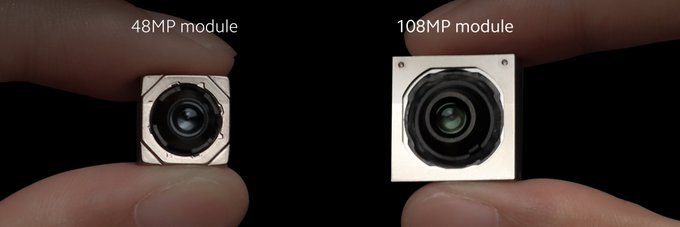
On the second day of the Qualcomm Snapdragon Summit, many more technical details regarding the Snapdragon 865 have been revealed. We now have a pretty good picture of what the next-generation high-end phones will be capable of, especially when it comes to photography.
The Snapdragon 865 is set to be quite the beast, at least in terms of numbers. Qualcomm said that it’s been working with camera sensor makers to develop 200MP sensors, usable exclusively on the Snapdragon 865 platform. Qualcomm says that the reason for this is that it allows users to zoom in much further on a picture while preserving detail.
EDITOR’S PICK: Xiaomi Mi Watch Review: A Phone on your wrist

So, how does it work? Well, the Snapdragon 865 platform camera performance is based around what Qualcomm calls Gigapixel speed. This means the Spectra 480 ISP (image signal processor) can read and process an insane amount of pixels (2 Gigapixel) coming from the sensor. This translates to an effective sensor size of up to 200 Megapixels.
To achieve this feat, Qualcomm has redesigned the three Spectra modules: first, the HiSpeed Capture module, to read four pixels per clock (RGGB), instead of one. It’s a big boost, and even allows for lower silicon frequency, resulting in more efficiency. However, maximum frequency and speed can be turned on to achieve that 2 Gigapixel speed.

In addition to this, Qualcomm also announced a few other features enabled by its latest chipset. For example, thanks to the improved image processing, you can take high-resolution snapshots while recording 4K video. Currently, taking snapshots while recording is limited to the resolution of the video, but the new chipset will lift that restriction.
While this is all interesting, it seems a bit like Qualcomm may be bringing back the pixel wars. After a hiatus of nearly a decade, late 2018 sparked a megapixel race, with 40MP and 48MP sensors. Then in 2019, 64MP and 108MP sensors have made appearances. With 200MP sensors imminent, we wonder where we’ll draw the limit this time.
UP NEXT: Snapdragon 765 and 765G specifications confirmed
(Source)







